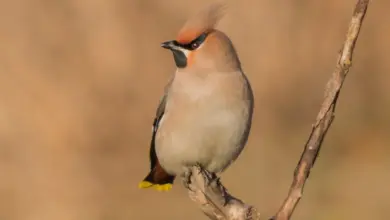American Black Oystercatchers
Oystercatchers … Oystercatcher Species Photo Gallery
The American Black Oystercatcher (Haematopus bachmani) – also known as the Western Black Oystercatcher – is relatively common within its range and is not considered threatened.
Distribution / Range
The American Black Oystercatcher is a conspicuous black bird found on the shoreline of western North America. It ranges from the Aleutian Islands of Alaska to the coast of the Baja California peninsula.
It is the only representative of the oystercatcher family (Haematopodidae) over most of its range, overlapping slightly with the American Oystercatcher (H. palliatus) on the coast of Baja California. Within its range it is most commonly referred to as the Black Oystercatcher, although this name is also used locally for the Blackish Oystercatcher and the African Black Oystercatcher.
Description
The American Black Oystercatcher is a large entirely black shorebird, with a long (9 cm) bright red bill and pink legs. It has a bright yellow iris and a red eye-ring. Its plumage varies slightly from north to south, being darker further north.
The American Black Oystercatcher is restricted in its range, never straying far from shores, in particular favoring rocky shorelines.
The American Black Oystercatcher forages in the intertidal zone, feeding on marine invertebrates (insects, worms, etc.), particularly mollusks such as mussels, limpets and chitons. It will also take crabs, isopods and barnacles. It hunts through the intertidal area, searching for food visually, often so close to the water’s edge it has to fly up to avoid crashing surf. It uses its strong bill to dislodge food and pry shells open.
Nesting / Breeding
The American Black Oystercatcher is a territorial bird during the nesting season, defending a foraging and nesting area in one territory. Some pairs have been recorded staying together for many years. Nests are small bowls or depressions close to the shore in which small pebbles and shell fragments are tossed in with a sideward or backard flick of the bill.
Around 2 to 3 eggs are laid in this nest, these are hardy and can even survive being submerged by a high tide. The chicks are capable of leaving the nest after one day, and will stay in the territory for a long time after fledging (40 days). The fledged juveniles will stay in the territory until the next breeding season.
If the parents migrate, that year’s chicks will migrate with them; this happens more often in the north of the range.
Species Research by Sibylle Johnson
Please Note: The articles or images on this page are the sole property of the authors or photographers. Please contact them directly with respect to any copyright or licensing questions. Thank you.




